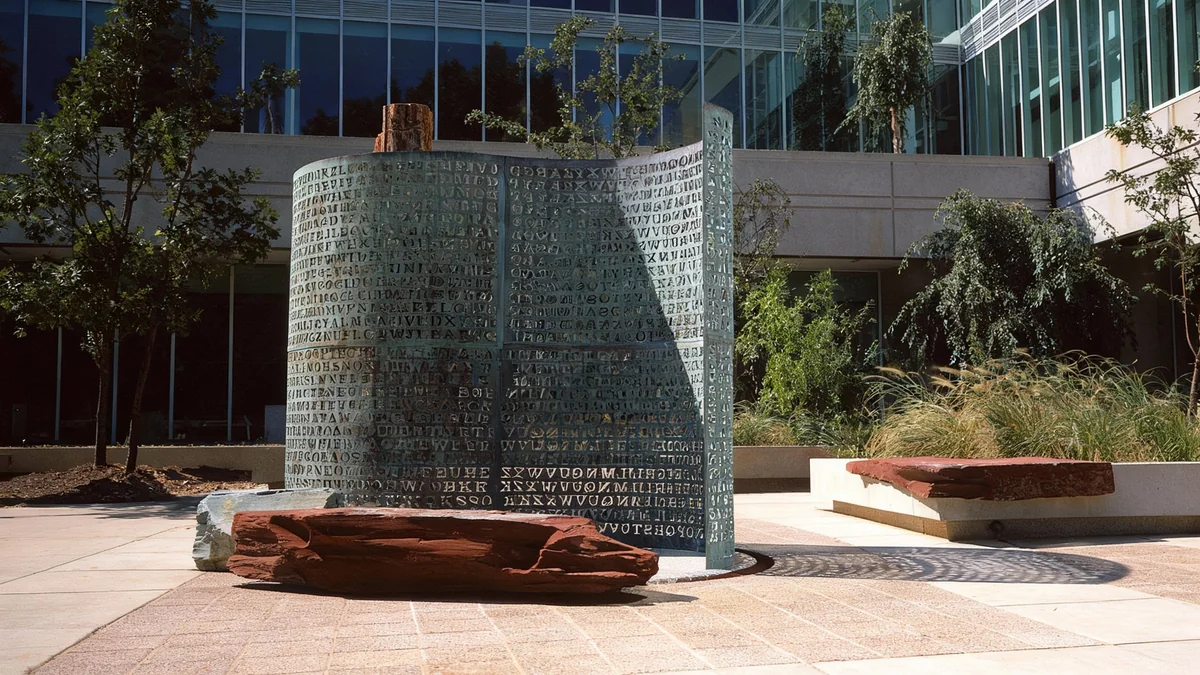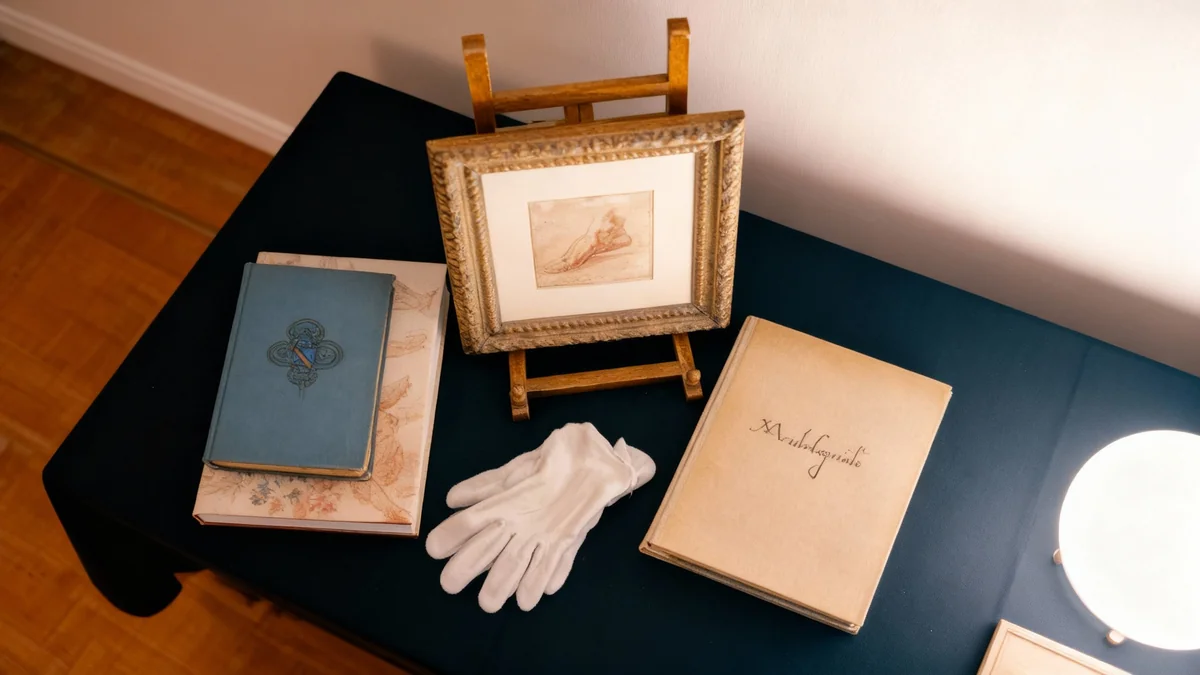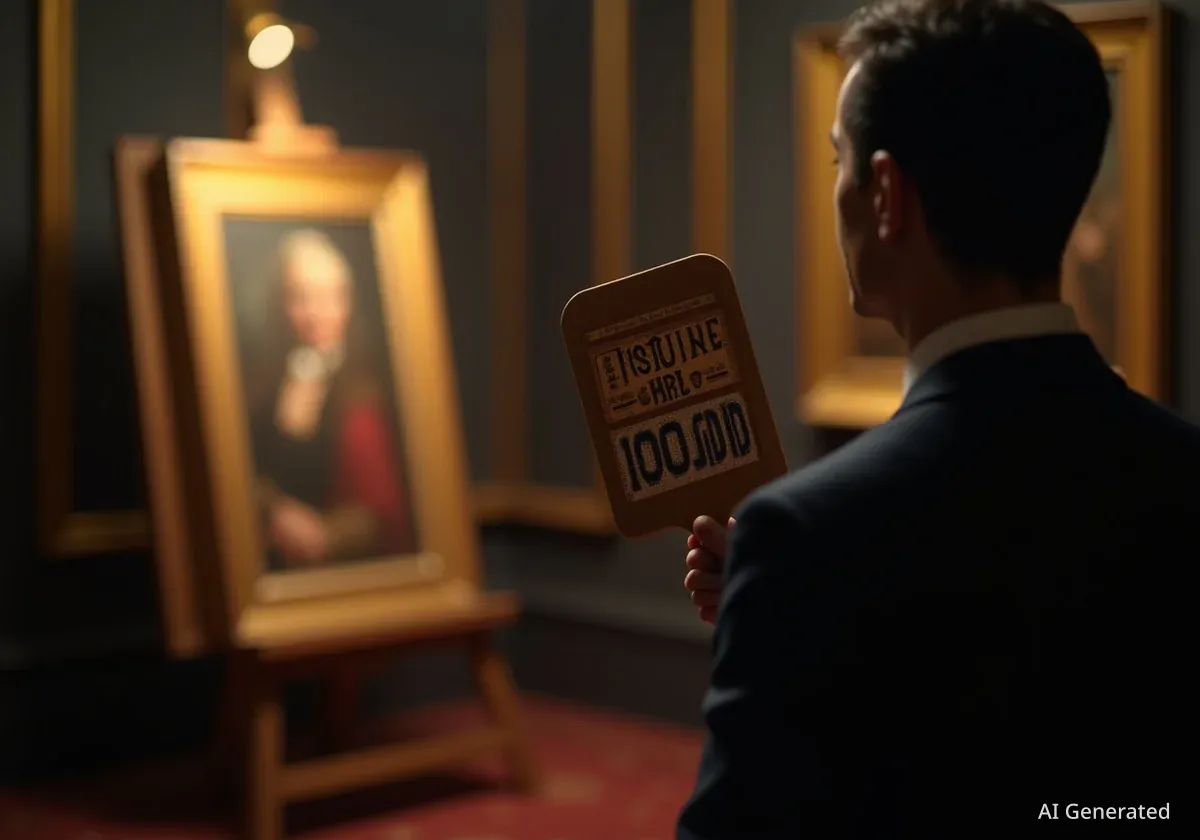The global art market is experiencing increased scrutiny from regulatory bodies, particularly in the United Kingdom, regarding anti-money laundering (AML) compliance. This comes as new research also sheds light on artistic practices of the past, with evidence suggesting that even masters like Rembrandt may have 'borrowed' imagery from other artists.
Recent enforcement actions by HM Revenue & Customs (HMRC) in the UK indicate a shift from basic registration checks to a deeper examination of operational adherence to AML regulations. This signals a more stringent approach to preventing illicit financial activities within the art sector.
Key Takeaways
- UK authorities are increasing anti-money laundering enforcement in the art market.
- Fines are being issued for procedural shortcomings, not just registration failures.
- New research suggests Rembrandt may have copied an image for 'The Night Watch'.
- Questions arise about Larry Gagosian's succession plan for his gallery business.
- China's private museum boom faces challenges amid economic shifts.
UK Art Market Under Strict Anti-Money Laundering Review
The United Kingdom's art market participants are facing intense pressure to comply with anti-money laundering (AML) regulations. HM Revenue & Customs (HMRC) has escalated its enforcement efforts. The focus has moved beyond simple registration to ensuring full operational compliance.
On July 10, HMRC released its latest list of penalties. These fines target individuals and businesses involved in buying or selling artworks valued at €10,000 or more. This threshold applies to single transactions or linked series of transactions.
"I have taken significant steps to correct this concerning and unusual situation to ensure the gallery is fully compliant with HMRC regulatory developments," Cesare Lampronti, director of DYS44 Art Gallery Limited, stated regarding a large penalty.
One notable fine was a £158,679 penalty against London-based DYS44 Art Gallery Limited. The gallery was cited for multiple procedural failures. These included inadequate risk assessments, poor policy implementation, insufficient staff training, and failures in due diligence, identity verification, and record-keeping.
Fact: AML Penalty Details
- Largest Fine: £158,679 against DYS44 Art Gallery Limited.
- Reasons: Failures in risk assessment, policy, training, due diligence, identity verification, and record keeping.
- Trigger: Art transactions of €10,000 or more.
Mr. Lampronti emphasized that the fine was for procedural issues. He stated it did not involve any participation in illegal activities. This highlights the importance of administrative compliance within the art market. Businesses must have robust systems in place to prevent money laundering.
US Art Market Also Targeted for AML Reform
The push for stricter AML measures is not limited to the UK. In the United States, Senator John Fetterman has proposed legislation. This bill aims to extend anti-money laundering protections to the US art market. This indicates a growing international trend towards greater financial transparency in the art sector.
Such measures are designed to combat the use of art as a vehicle for illicit funds. The high value and often opaque nature of art transactions can make the market vulnerable to financial crimes.
Rembrandt's 'Night Watch' and the Art of Emulation
New research suggests that one of Rembrandt's most famous paintings, 'The Night Watch' (1642), may include imagery borrowed from another artist. Experts at the Mauritshuis museum have uncovered evidence indicating that Rembrandt, like many artists of his time, engaged in 'emulation' rather than outright plagiarism.
The painting depicts Amsterdam’s civic guards. A barking dog is visible in the lower right corner. According to Anne Lenders, a curator at the Rijksmuseum, this dog bears a strong resemblance to an illustration by a lesser-known Dutch artist.
Historical Context of Artistic Borrowing
In the 17th century, artists often borrowed elements from each other's work. This practice, known as emulation, was seen as a sign of skill. It allowed artists to adapt and improve upon existing ideas, rather than creating every element from scratch. This differs from modern concepts of intellectual property.
Lenders' academic paper connects Rembrandt's dog to an image found on the title page of a 17th-century manual. This manual focused on resisting sexual temptation. Taco Dibbits, general director of the Rijksmuseum, compared Rembrandt's approach to Shakespeare's. He noted that both masters freely drew from earlier sources.
This discovery challenges the notion of complete originality in art. It provides insight into the creative processes of old masters. It shows that artists often built upon the works and ideas of their contemporaries.
Larry Gagosian's Succession Plan: A Subject of Debate
The future leadership of the Gagosian gallery empire remains a topic of discussion. Artist and critic Kenny Schachter has voiced doubts about Larry Gagosian's succession strategy. Schachter suggests there is no clear plan in place for the gallery's leadership after Gagosian.
In an article for Artnet, Schachter wrote, "after confiding with multiple past and present employees, I can reveal his long speculated upon succession plan: there is none!" He believes that the gallery, with its significant bank leverage, may not endure in its current form after Gagosian's passing.
This perspective contrasts with earlier reports from a few years ago. At that time, Gagosian appeared to be forming a board of directors. This board was intended to help him plan for the business's future. The New York Times reported on this initiative.
Gagosian's Board of Directors
- Internal Members: Seven key associates and Gagosian himself.
- External Members: Twelve outside members from various industries, all collectors.
- Notable External Members: Evan Spiegel (Snap CEO), artist Jenny Saville, financier J. Tomilson Hill (Guggenheim Museum chairman), Glenn Fuhrman (Flag Art Foundation founder), and Delphine Arnault (Louis Vuitton executive).
The board included prominent figures. These individuals came from technology, art, and finance. Their involvement suggested a structured approach to succession. However, Schachter's recent comments bring this into question. The stability and future direction of one of the world's most powerful art galleries remain uncertain.
Challenges for China's Private Museum Sector
The boom in private museums across China is showing signs of strain. Recent economic downturns are highlighting underlying weaknesses in their foundations. Three case studies have illustrated these challenges, according to Artnet News.
Many private museums in China emerged during periods of rapid economic growth. They often relied on significant private funding. However, shifts in the economic climate are now impacting their financial stability and operational sustainability. This raises questions about the long-term viability of some institutions.
Global Museum Development Updates
- Sarajevo: European Commissioner Marta Kos will sign a contract for the Ars Aevi Museum of Contemporary Art. This project aims to boost the city's cultural infrastructure.
- Taiwan: The new Taichung Art Museum is set to open in December. It features a distinctive translucent dual-layer metal facade. This museum is part of the larger Taichung Green Museumbrary complex.
- Dubai: Art dealer Taymour Grahne is establishing a permanent presence in Dubai. This move reflects a growing confidence in the city's art market potential.
These developments show a varied global landscape for cultural institutions. While some regions face economic hurdles, others continue to invest in new art spaces and expand their cultural footprint.




